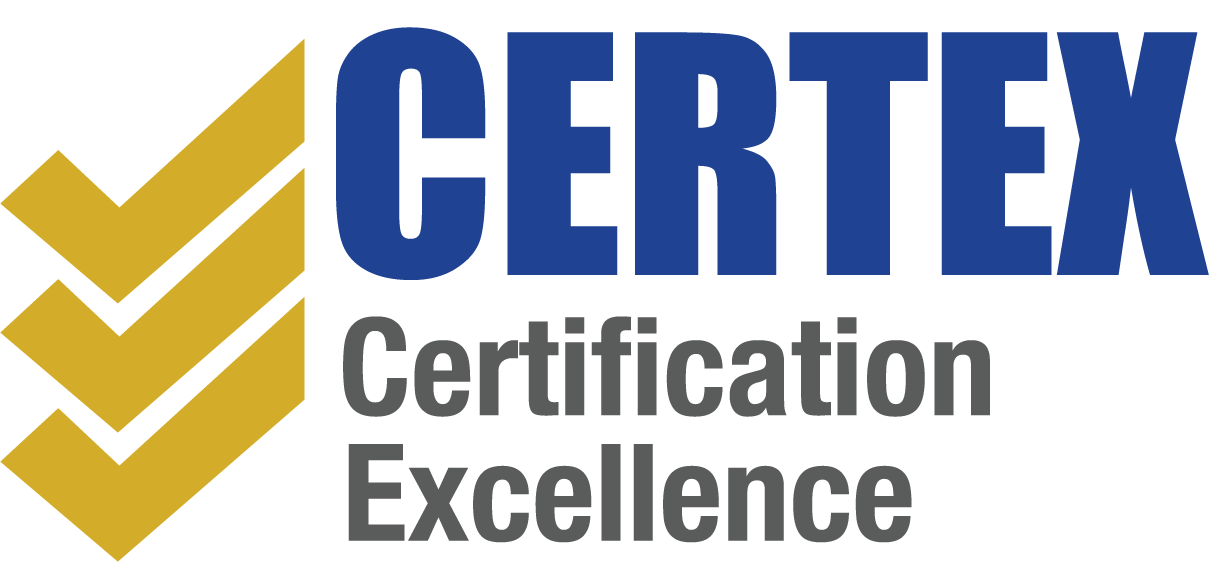QLD Introduces Stronger Regulations to Manage Sexual Harassment in the Workplace
The Queensland government has introduced changes to its Work Health and Safety Act 2011 through the Work Health and Safety (Sexual Harassment) Amendment Regulation 2024. This amendment strengthens regulations to address risks of sexual harassment and sex or gender-based harassment at work, requiring Persons Conducting Business or Undertaking (PCBUs) to specifically manage them.
What has changed?
From 1 September 2024, PCBUs are required to proactively take action to minimise or mitigate the risks of sexual harassment and sex or gender-based harassment at work.
From March 2025, PCBUs are required to prepare prevention plans on identified risks related to sexual harassment and sex or gender-based harassment at work.
Source: WorkSafe QLD
What should I do?
As with managing every other risk in the workplace, PCBUs are required to follow the risk management process to identify and assess risks related to sexual harassment and sex or gender-based harassment in the workplace. Refer to the guide published by WorkSafe QLD for more information.
Who are at more risk of experiencing sexual harassment and sex or gender-based harassment?
Anyone can be at risk of facing sexual harassment and sex or gender-based harassment, but WorkSafe QLD has identified a few groups of individuals who are at higher risk, such as:
Female workers in workplaces where most workers are males
Workers who are new to the workplace
LGBTIQA+ workers
Aboriginal and Torres Strait Islander workers
Workers with a disability
Workers who are younger than 30 years
Migrant workers
Workers on temporary visas
Workers from multicultural backgrounds
Workers in insecure working arrangements such as casual workers and labour hire workers
When should I prepare a prevention plan?
PCBUs are now required to prepare and implement a prevention plan in instances where a sexual harassment and sex or gender-based harassment risk has been identified, and control measures are required to mitigate or eliminate that risk.
Accordingly, prevention action must be taken before any form of harassment takes place instead of managing it once it occurs or a complaint of a harassment is received.
Source: WorkSafe QLD
What should prevention plans include?
WorkSafe QLD has compiled a guide for PCBUs to follow when creating their prevention plans. According to it, prevention plans:
Must be in writing
Must state each risk that has been identified
Must state the control measures that were implemented or are planned to be implemented to mitigate or eliminate each risk that was identified
Must state the matters that were taken into consideration when choosing the control measures
Describe the process of consultation undertaken
Must state the procedures that will be in place to deal with incidents related to sexual harassment and sex or gender-based harassment at work
Must be compiled in a way that is easily accessible and understandable to workers
For more information and a template for creating prevention plans visit the WorkSafe QLD website.

